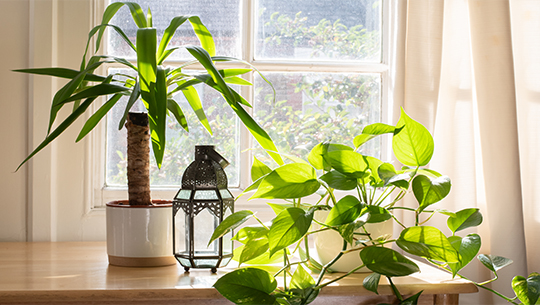Houseplants can potentially help improve air quality by removing some pollutants from the air. They do this through a process called phytoremediation, in which they absorb certain pollutants from the air through tiny pores on their leaves. The pollutants are then either stored within the plant or broken down and used as food.
However, it is important to note that the ability of a houseplant to remove pollutants from the air can vary greatly depending on the plant species and the specific pollutant in question. Some plants are better at removing certain pollutants than others, and some plants are more effective at removing pollutants when they are grown in certain conditions (e.g., when they are larger or when they are grown in soil that has been treated with certain amendments).
In general, the effectiveness of houseplants at improving air quality is limited. While they can potentially remove some pollutants from the air, they are not a replacement for proper ventilation and other methods of addressing indoor air pollution.
For decades, we have been told that houseplants can improve air quality – but is there any truth to this claim? According to a study conducted by NASA in 1989, certain common plants may be capable of reducing indoor pollution levels by removing VOCs like benzene and formaldehyde. But the EPA found that due to its limited sample size, applying these results on real-life settings would require an absurdly high number of 680 potted plants for a 1500sqft home! Nonetheless, it’s still worth considering how greening up your living space might make for cleaner air inside your abode.
Research shows that plants are far more than decorative – they can have a profoundly positive effect on our wellbeing. Besides their aesthetic appeal, having potted friends around us has been linked to improving mood and even aiding in deeper sleep! Even better, the calming presence of greenery may help lower stress-related blood pressure changes while reducing feelings of loneliness or isolation.
So if you’re looking to spruce things up with minimal effort, why not go green? Here are some of our favorite low maintenance options!
Parlor Palm
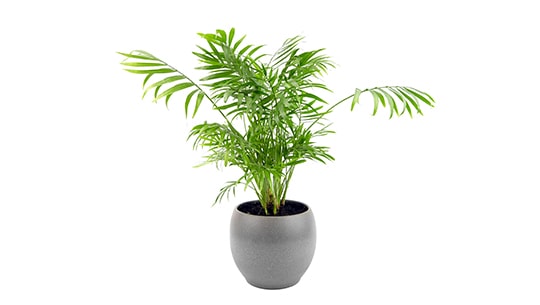
For centuries, parlor palm has been a beloved houseplant for its fuss-free nature and ability to thrive in even the dimmest of spaces. Its graceful fronds give any room an elegant touch as you only need keep them lightly moist!
Aglaonema
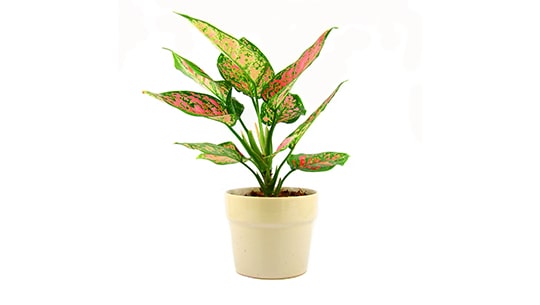
Aglaonema, sometimes called Chinese evergreen, is a beautiful and versatile plant that can make an excellent addition to any home. The plant’s large leaves provide lush foliage to any living space, and its ability to tolerate low light conditions make it the perfect choice for rooms that lack bright sunlight. Aglaonema are also very easy to care for – they require no regular pruning, only occasional misting and weekly watering – so even those with a limited knowledge of plants can still add this stunning species to their home. Be prepared to enjoy the soft green tones of your new aglaonema for many years to come!
Dracaena
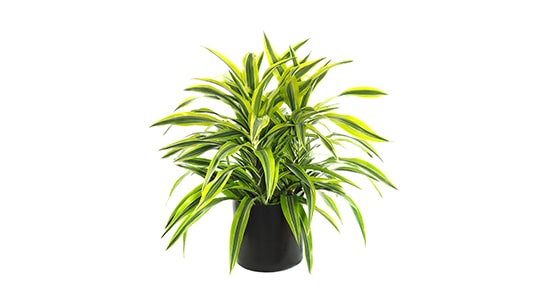
A Dracaena is an excellent house plant as it can brighten up any home and also filter toxins from the air. This plant famously has indoor air-cleansing properties, however it will require some basic maintenance such as occasional pruning and weekly watering. Its unique shape adds a decorative flair to any room, but it does need direct sunlight for about six hours a day. A Dracaena can be placed in a variety of rooms, from bedrooms to kitchens – because of its forgiving nature and low-maintenance maintenance requirements, this makes them popular house plants. Unlike other plants that require frequent attention and care, the Dracaena is an ideal option for busy households or those who are new to gardening.
Peace Lily
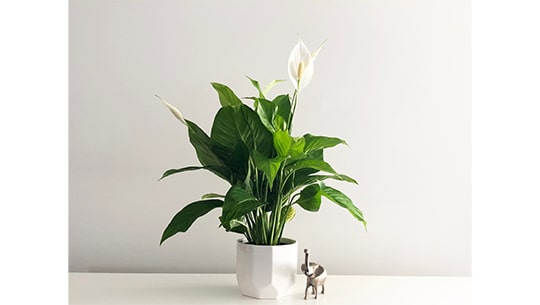
The peace lily plant is a great addition to any home. Not only can it purify the air in your house, creating fresher, cleaner air for you and your family, but it can also provide some aesthetic value as well. It’s beautiful white mantle-like flowers will give a room an elegant and soothing feeling. Moreover, the peace lily doesn’t require much maintenance; just water it every once in a while and make sure not to get the roots too wet. All in all, its beauty and air cleaning properties make it an ideal choice for adding life to any home.
Aloe Vera
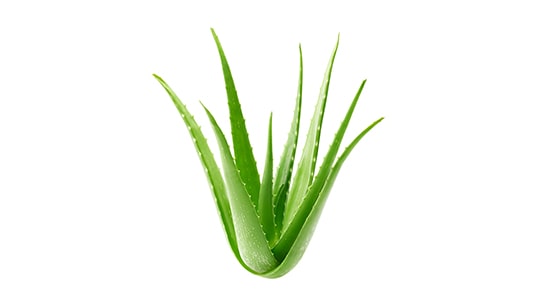
Having an Aloe Vera plant in your home can bring many benefits. Not only is this succulent easy to maintain and excellent for air-purification, but it also has a variety of healing properties. A bonus is that the leaves are edible! If you have any skin irritations, you can break open the leaves and apply the juice directly to your skin for leave a soothing sensation. You don’t need to be an experienced gardener either – Aloe plants are hearty and thrive with just a bit of water, sunlight and fertilizer once in a while. So why not add one to your house today to boost air quality and enhance your well-being?

